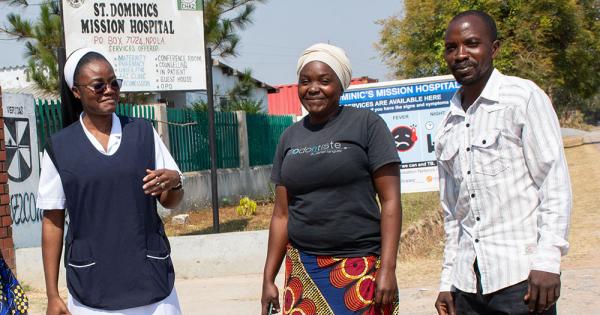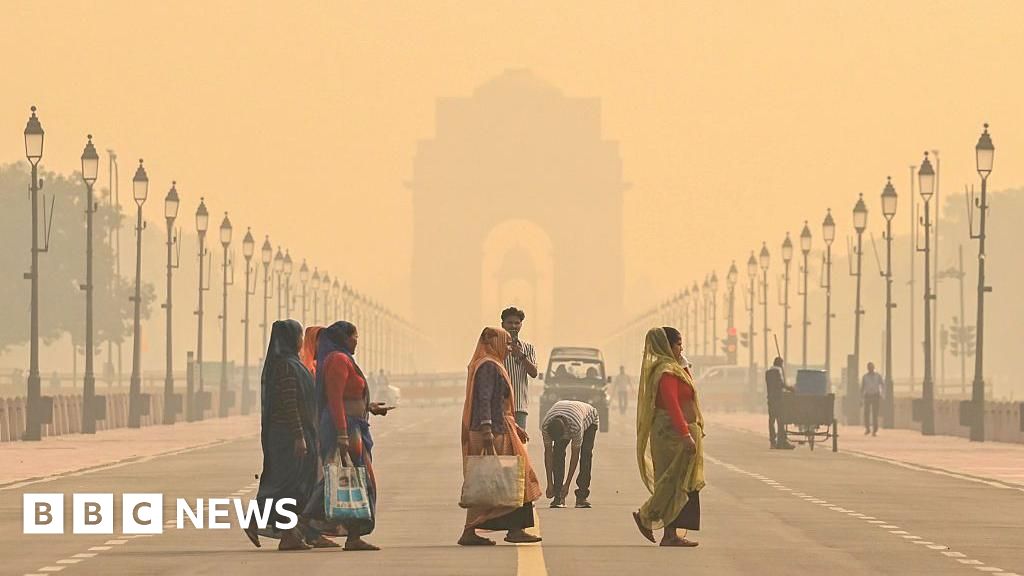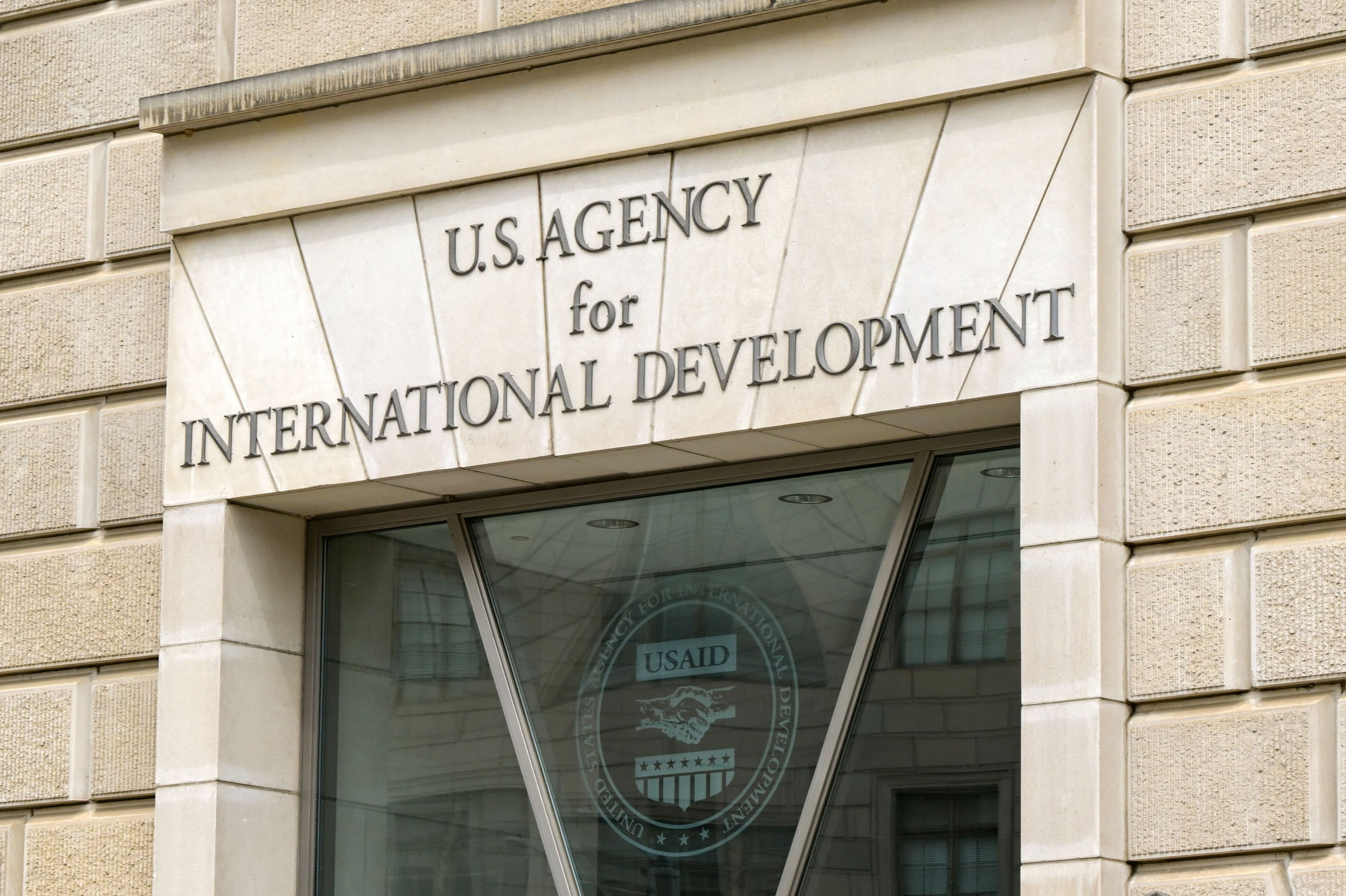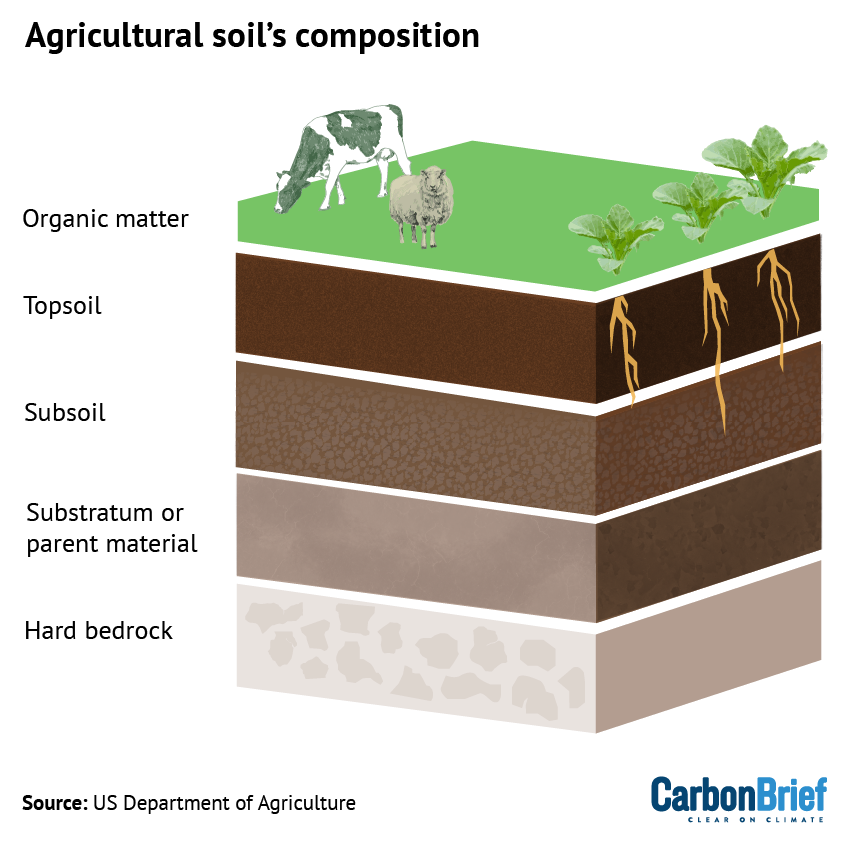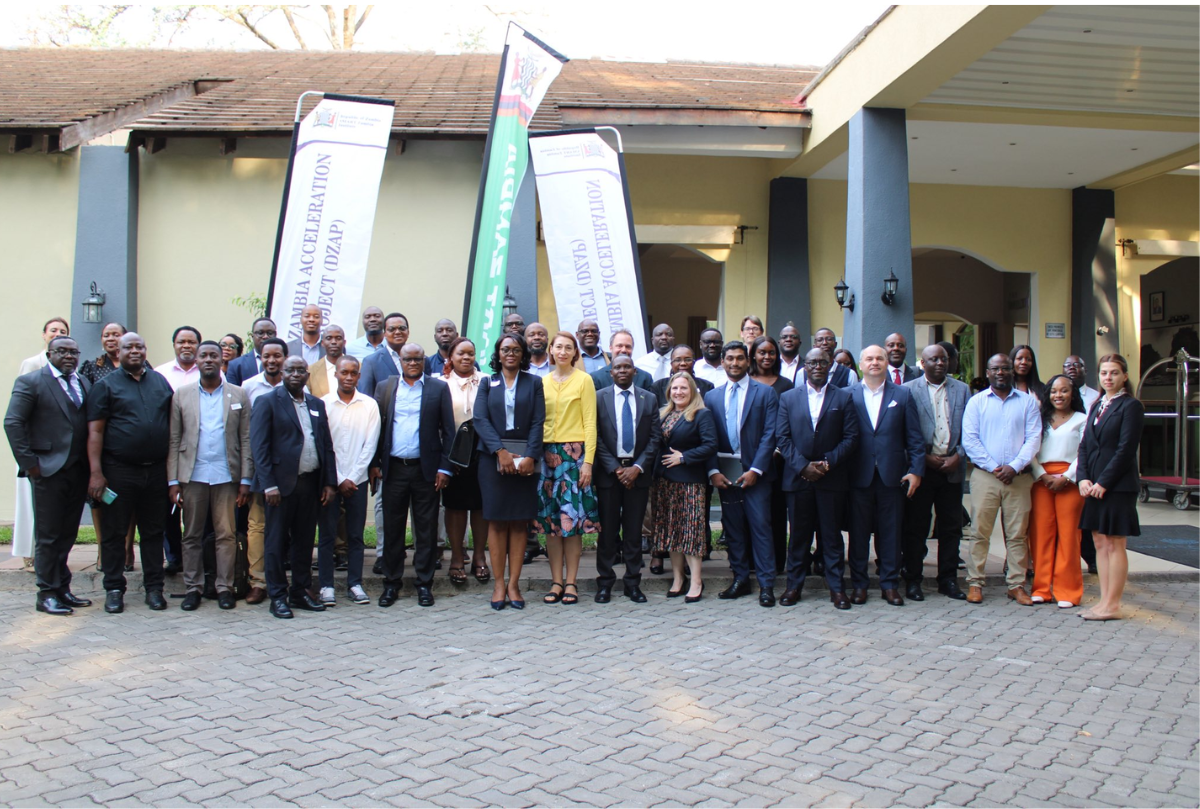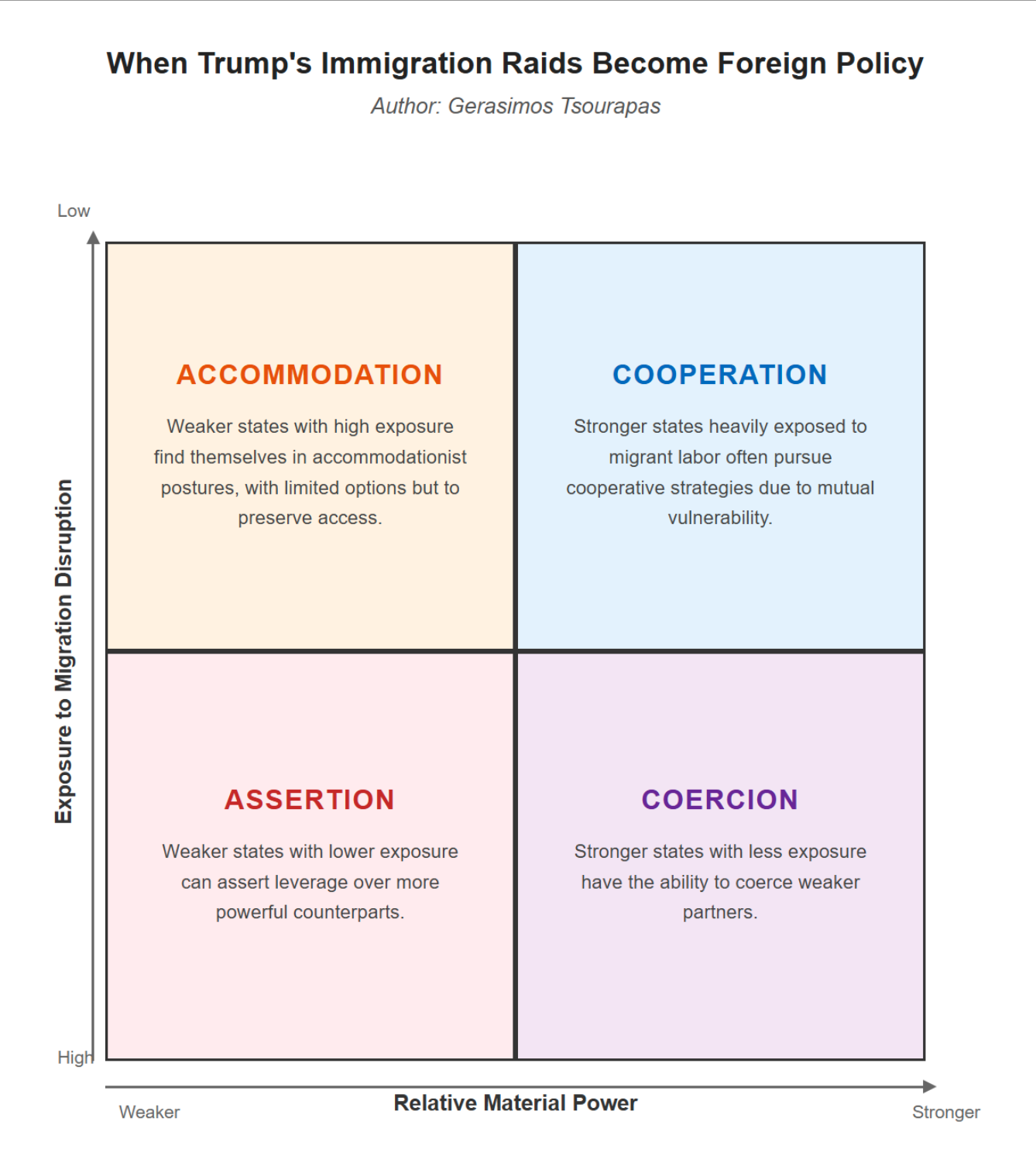Abortion bans have led to more relationship violence, new research finds – Northeastern Global News
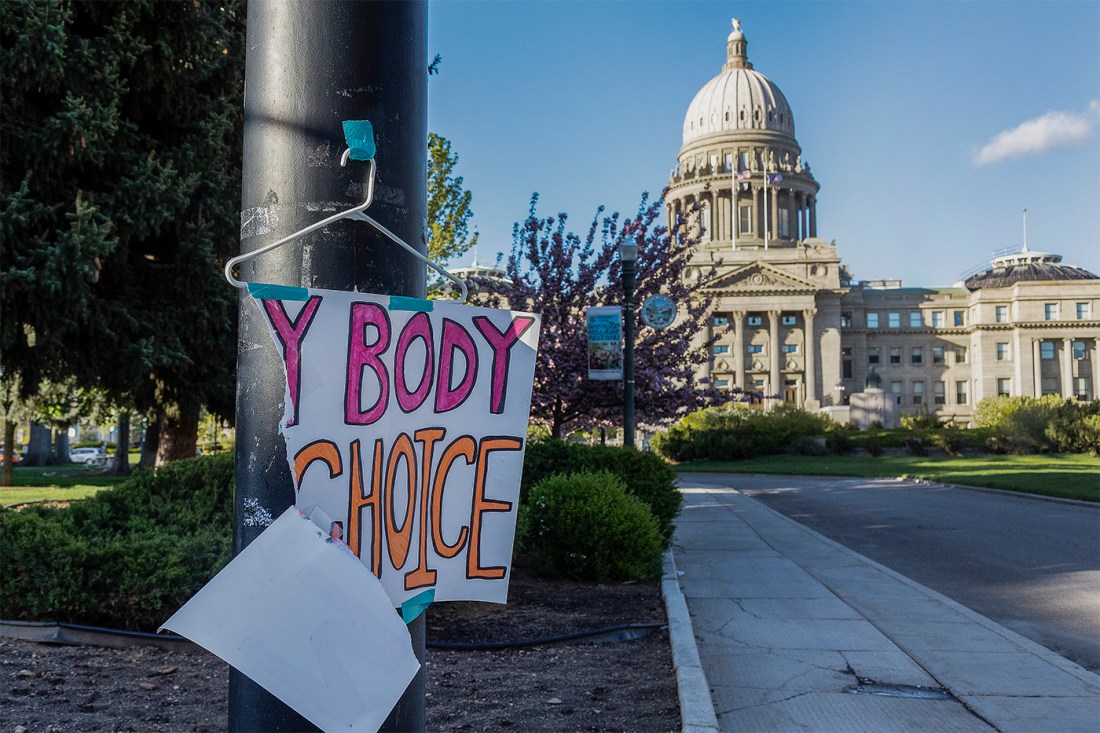
Impact of Supreme Court’s 2022 Abortion Ruling on Intimate Partner Violence and Sustainable Development Goals
A recent study published by the National Bureau of Economic Research highlights a significant increase in intimate partner violence (IPV) following the Supreme Court’s 2022 ruling that effectively removed federal protections for abortion. This report emphasizes the implications of this ruling in relation to the Sustainable Development Goals (SDGs), particularly those targeting gender equality, health, and reduced inequalities.
Increase in Intimate Partner Violence Post-Ruling
The study reveals that in states implementing near-total abortion bans after the Supreme Court’s decision, IPV incidents rose by 7% to 10%. This translates to an estimated 9,271 to 13,998 additional cases of violence within romantic relationships. The ruling on Dobbs v. Jackson Women’s Health Organization has led 14 states to enforce near-total abortion bans, with seven others imposing various restrictions such as gestational age limits and mandatory waiting periods.
Factors Contributing to Increased Intimate Partner Violence
Financial and Emotional Burdens Due to Increased Distance for Abortion Care
Bilge Erten, associate professor of economics and international relations at Northeastern University and co-author of the study, explains that abortion bans increase the distance women must travel to access abortion services. This creates financial burdens and emotional stress for women and their partners, as they may need to take time off work and face the consequences of carrying an unplanned pregnancy to term.
- Financial strain from travel and lost income
- Emotional and physical challenges of unplanned pregnancies
- Increased risk of IPV due to heightened stress and relationship strain
These factors directly impact SDG 3 (Good Health and Well-being) and SDG 5 (Gender Equality), as they affect women’s health outcomes and safety within relationships.
Difficulty Exiting Abusive Relationships
The study builds upon the Turnaway study, noting that women forced to carry pregnancies to term often find it harder to leave abusive relationships, exacerbating IPV risks. This situation undermines SDG 16 (Peace, Justice and Strong Institutions) by highlighting challenges in protecting vulnerable populations from violence.
Economic and Health Costs of Increased IPV
Researchers estimate that the additional IPV cases could result in approximately $1.2 billion in costs due to lost work productivity and mental and physical health care expenses. These costs emphasize the broader societal impact and the importance of addressing IPV to achieve SDG 8 (Decent Work and Economic Growth) and SDG 3.
Disproportionate Effects on Vulnerable Populations
Demographic Variations in IPV Increase
While IPV increased across all demographics in states with near-total abortion bans, certain groups experienced more intense impacts:
- Women aged 25-34 saw the largest total increase in IPV cases.
- Teens and women aged 40-44 experienced the highest percentage increases.
- Black women faced significant increases in IPV, correlating with higher abortion rates and reporting likelihood.
- Hispanic women also experienced increased IPV but are less likely to report due to immigration concerns, suggesting underreported cases.
This highlights the intersectionality of SDG 10 (Reduced Inequalities) and SDG 5, underscoring the need for targeted interventions to protect marginalized groups.
Greater Impact on Economically Disadvantaged Regions
The study identifies that less educated and poorer regions exhibit larger increases in IPV following abortion policy changes. This trend reflects the broader challenge of addressing social determinants of health and violence, aligning with SDG 1 (No Poverty) and SDG 4 (Quality Education) as foundational to reducing IPV.
Limitations and Reporting Considerations
Erten notes that the study only includes reported IPV cases, and since approximately half of IPV incidents in the United States go unreported, the actual increase may be higher. This underreporting issue stresses the importance of strengthening institutions and support systems to encourage reporting and protection, relevant to SDG 16.
Conclusion
The Supreme Court’s 2022 abortion ruling has led to increased intimate partner violence, disproportionately affecting vulnerable populations and imposing significant economic and health burdens. Addressing these challenges is critical to advancing multiple Sustainable Development Goals, including gender equality, health, reduced inequalities, and peace and justice. Policymakers and stakeholders must consider these impacts to develop comprehensive strategies that protect women’s rights and well-being.
1. Sustainable Development Goals (SDGs) Addressed
- SDG 3: Good Health and Well-being
- The article discusses the health consequences of abortion bans, including physical and mental health complications for women forced to carry unwanted pregnancies.
- It highlights intimate partner violence (IPV) as a critical health issue exacerbated by abortion restrictions.
- SDG 5: Gender Equality
- The increase in intimate partner violence directly relates to gender-based violence and women’s empowerment.
- The article emphasizes the disproportionate impact on vulnerable women, including Black and Hispanic women, linking to gender equality and protection from violence.
- SDG 10: Reduced Inequalities
- The article notes that abortion bans disproportionately affect vulnerable populations, including poorer and less educated regions, and minority groups.
- This reflects issues of social and economic inequality.
- SDG 16: Peace, Justice and Strong Institutions
- Intimate partner violence is a form of violence that relates to peace and justice within communities and households.
- The article mentions underreporting of IPV cases, highlighting challenges in justice and institutional response.
2. Specific Targets Identified Under Those SDGs
- SDG 3: Good Health and Well-being
- Target 3.7: Ensure universal access to sexual and reproductive health-care services, including family planning and reproductive rights.
- Target 3.4: Reduce premature mortality from non-communicable diseases and promote mental health and well-being (related to mental health impacts of IPV and forced pregnancy).
- SDG 5: Gender Equality
- Target 5.2: Eliminate all forms of violence against women and girls in public and private spheres, including intimate partner violence.
- Target 5.6: Ensure universal access to sexual and reproductive health and reproductive rights.
- SDG 10: Reduced Inequalities
- Target 10.2: Empower and promote the social, economic and political inclusion of all, irrespective of age, sex, disability, race, ethnicity, origin, or economic or other status.
- SDG 16: Peace, Justice and Strong Institutions
- Target 16.1: Significantly reduce all forms of violence and related death rates everywhere.
- Target 16.3: Promote the rule of law and ensure equal access to justice for all (related to reporting and addressing IPV).
3. Indicators Mentioned or Implied to Measure Progress
- Incidence of Intimate Partner Violence (IPV)
- The article quantifies increases in IPV cases (7%-10% rise; 9,271 to 13,998 additional incidents), which can be used as an indicator for SDG 5.2 and SDG 16.1.
- Reported versus unreported cases of IPV are discussed, indicating the importance of data collection and reporting mechanisms (related to SDG 16.3).
- Access to Abortion and Reproductive Health Services
- The study references states with near-total abortion bans and restrictions, implying indicators related to legal access to reproductive health services (SDG 3.7, SDG 5.6).
- Distance and financial burden to access abortion care are mentioned, which can be measured as barriers to health services.
- Economic Costs of IPV
- The article estimates $1.2 billion in costs related to IPV, including lost work and health costs, which can be an indicator of the socio-economic impact of violence (related to SDG 10.2 and SDG 3.4).
- Demographic Disparities
- Increases in IPV among specific age groups and ethnicities (e.g., Black women, Hispanic women) suggest indicators measuring inequality and vulnerability (SDG 10.2).
4. Table of SDGs, Targets, and Indicators
| SDGs | Targets | Indicators |
|---|---|---|
| SDG 3: Good Health and Well-being |
|
|
| SDG 5: Gender Equality |
|
|
| SDG 10: Reduced Inequalities |
|
|
| SDG 16: Peace, Justice and Strong Institutions |
|
|
Source: news.northeastern.edu

What is Your Reaction?
 Like
0
Like
0
 Dislike
0
Dislike
0
 Love
0
Love
0
 Funny
0
Funny
0
 Angry
0
Angry
0
 Sad
0
Sad
0
 Wow
0
Wow
0









